Mother tongue
The Oxford English Dictionary definition of mother tongue is “one’s native language; a first language”, also referred to as L1 and sometimes as ‘mother language’. The term is attested since 1425. The term native language can sometimes also refer to the langoid of an ethnic group rather than the first language of an individual. A person can grow up to have more than one mother tongue or L1, and is in that case bilingual or multilingual. In fact more people in the world grow up as bi- or multilingual than those who are monolingual (see below).
The first language(s), the mother tongue(s), is part of any person’s social and cultural identity. But not all mother tongues get the same recognition, and some are actively discouraged for no real reason, certainly not any scientific one. However, as pointed out by John Graham “a mother tongue is not easily eradicated” and so, despite the unjustified stigma of Shaetlan for so long, Shetlanders have “cultivated a bi-lingualism [sic] which [have] enabled them to communicate on two levels” (1993: xviii). We agree with Christine De Luca (2018: 163):
I would contend that everything we do should be to enhance our mother tongue, retain its authenticity and build it up so that access to a rich linguistic heritage remains a worthwhile right to hand on to succeeding generations.
This brings me back to the importance of ensuring young people never succumb to the notion that their mother tongue is a debased language; indeed, to the whole issue of the categorisation of language versus dialect.
Shetland has been recognised as a bilingual community for centuries. It is now time to also celebrate that as an asset.
References:
De Luca, Christine. 2018. Mother tongue as a universal human right. International Journal of Speech-Language Pathology. 20(1). 161-165. Available online here.
Graham, John. 1993. The Shetland Dictionary. Lerwick: The Shetland Times.

